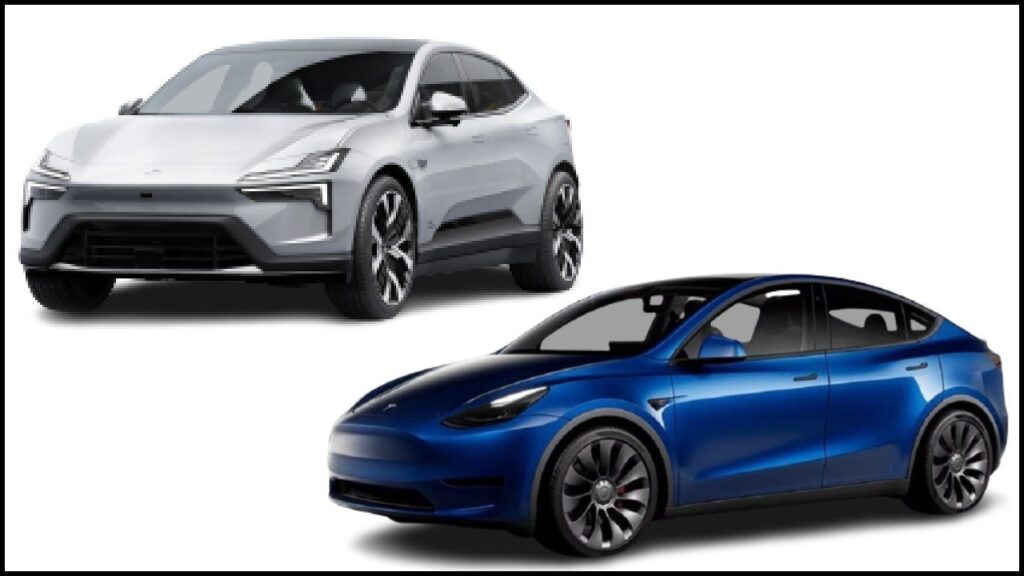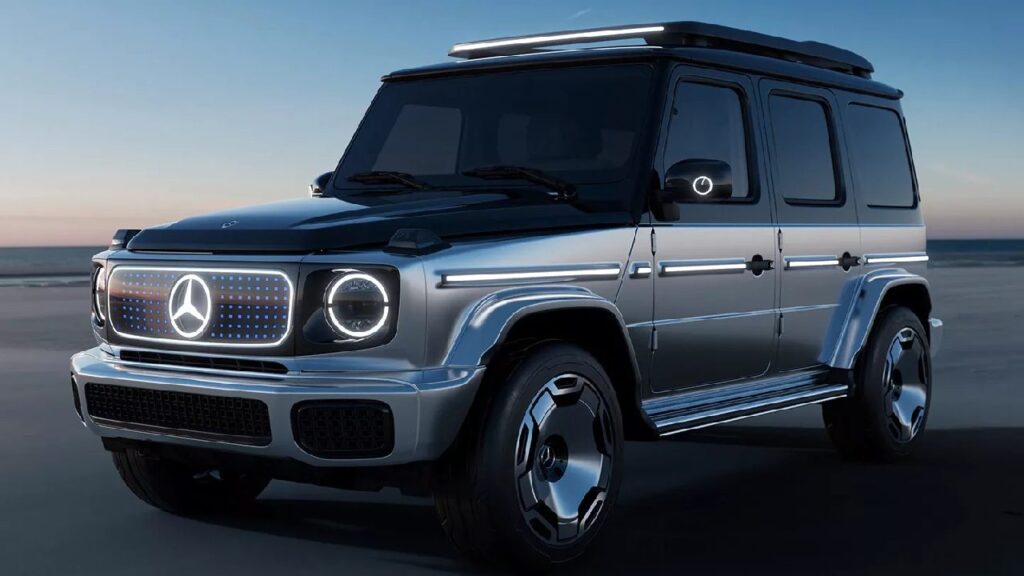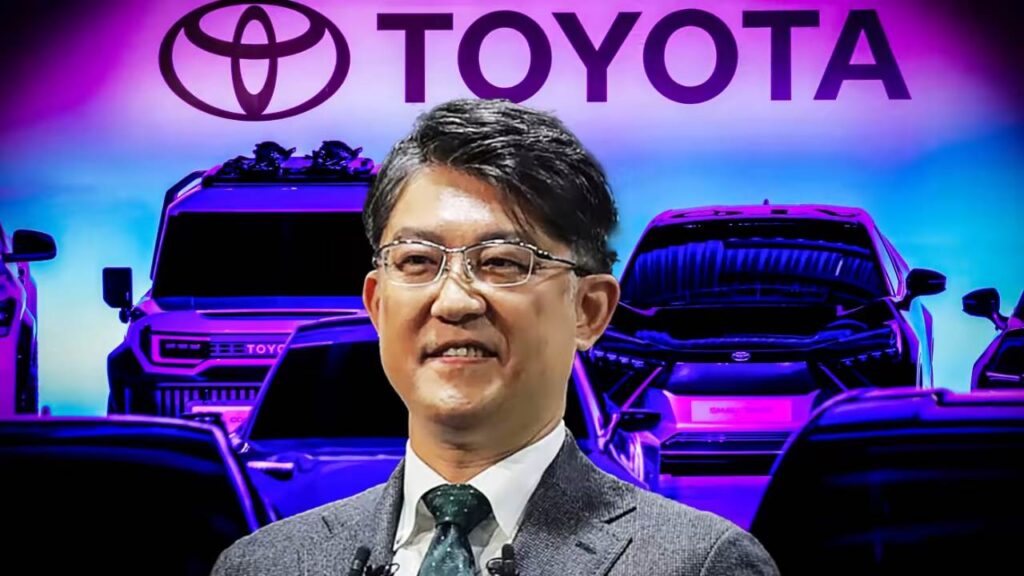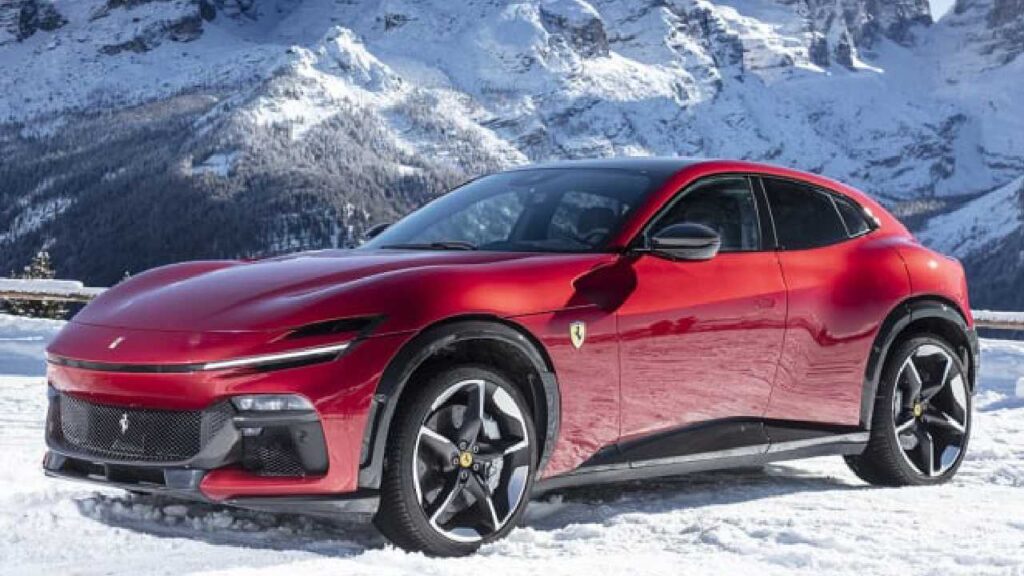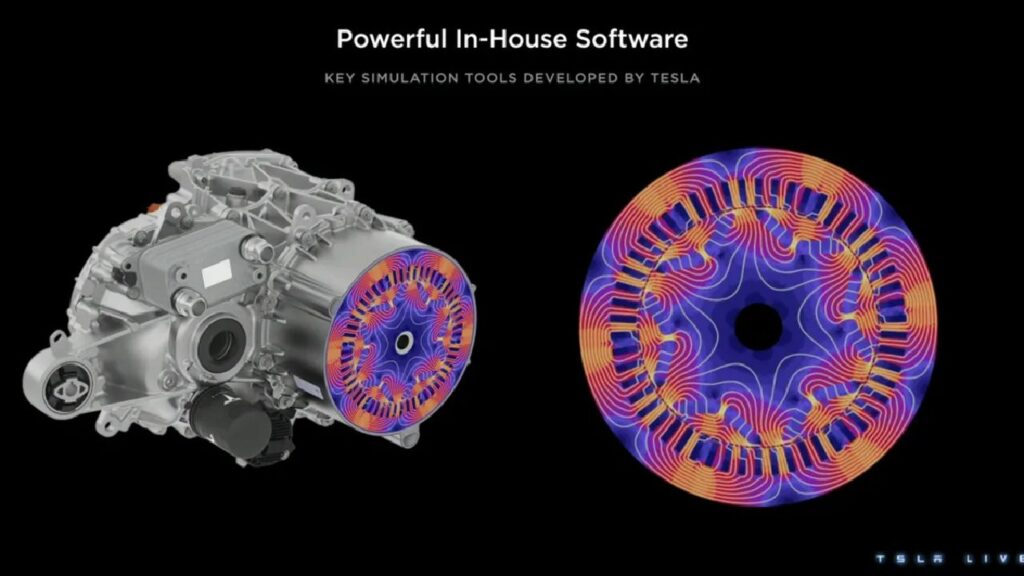How Does Polestar 4 Compare Against Tesla Model Y?
Polestar 4 was unveiled recently and it promises to challenge the unprecedented dominance of Tesla Model Y in various markets across the world. After the unveiling of the latest EV by the Chinese-owned Swedish car marque, a Polestar 4 vs Tesla Model Y comparison is warranted. Polestar 4 was unveiled at the ongoing Shanghai Motor Show and looks promising. On the other hand, the Tesla Model Y features among the highest-selling electric coupe SUVs in the world. Based on the popular Model 3, Model Y offers a stylish coupe-SUV silhouette with a perfect blend of affordability, performance and practicality by being a 7-seater. Let us see how well the new Swedish EV measures up against the American giant. You might also like: Hyundai IONIQ 6 vs Kia EV6 – Specs, Price Comparison Polestar 4 vs Tesla Model Y – Specs Comparison Before we commence, we must mention that Tesla doesn’t disclose all the specs of its EVs and hence, we have taken some data from credible digital automobile media houses. In the most aggressive Performance guise, Model Y has an 80.5 kWh Li-ion battery powering two electric motors for an AWD system producing 450 hp and 639 Nm of peak power and torque. The acceleration from 0-60 mph (0-96 km/h) takes 3.5 secs and the top speed is limited to 155 mph. It has an EPA-estimated range of 330 miles (531 km) in the Long Range trim and 303 miles (488 km) in the Performance trim. On the other hand, the Polestar 4 is underpinned by the premium Sustainable Experience Architecture (SEA) developed by Geely Holding (parent company of Volvo and Polestar). In its most aggressive avatar, the Polestar 4 will have a 102 kWh battery powering two electric motors for an AWD system capable of generating a mammoth 544 hp and 686 Nm of peak power and torque. This powertrain will propel the electric coupe SUV from 0-62 mph (0-100 km/h) in just 3.8 secs. The Long Range version will have a WLTP range of 348 miles (560 km). The Long Range single motor version will have a range of up to 600 km (WLTP). Specs Comparison Tesla Model Y Polestar 4 Drivetrain RWD/AWD RWD/AWD Battery 80.5 kWh 102 kWh Range 330 mi (531 km) 348 mi (560 km) Power 450 hp 544 hp Torque 639 Nm 686 Nm DC Fast Charging 250 kW 200 kW Acceleration 3.5 secs (0-60 mph) 3.8 secs (0-62 mph) Polestar 4 vs Tesla Model Y – Specs You might also like: Top 5 Mini EVs in 2023 – Future of Urban Mobility? Polestar 4 vs Tesla Model Y – Dimensions Comparison In terms of dimensions, the Polestar 4 has a clear edge over the Tesla Model Y. Model Y measures 4,750 mm in length, 1,921 mm in width, 1,624 mm in height and has a wheelbase of 2,890 mm. On the other hand, Polestar 4 has a length of 4,839 mm, a width of 2,139 mm, a height of 1,544 mm and a wheelbase of 2,999 mm. Apart from the height, the latter is quite large in comparison. Dimensions Tesla Model Y Polestar 4 Length 4,750 mm 4,839 mm Width 1,921 mm 2,139 mm Height 1,624 mm 1,544 mm Wheelbase 2,890 mm 2,999 mm Polestar 4 vs Tesla Model Y – Dimensions You might also like: Top Solid-State Battery Companies For EVs Features Comparison Talking about the features and modern tech, both these EVs are filled to the brim. Model Y has a large 15-inch horizontal touchscreen Infotainment System powered by an AMD Ryzen processor that controls all the in-car functions and relays information regarding the powertrain as well, Tesla OS with Smartphone Connectivity, Built-in Dashcam, Animal-Free Interior Materials, HEPA Cabin Air Filter, 13-Speaker Premium Audio System, Fixed Panoramic Glass Roof, and a ton of ADAS features to enhance safety. Polestar 4 also offers impressive amenities including Sustainable Materials for the Interior (Mono-material approach) made from 100% Recycled PET and Animal Welfare-secured Nappa Leather, Glass Roof with Electrochromic Functionality, Camera-based IRVM, a 15.4-inch Landscape Touchscreen, built-in Google Assistant and other Google Apps, 12-Speaker Harman Kardon Audio System with 1,400-Watt channel-hybrid Amplifier, Apple CarPlay, OTA, SuperVision Advanced Driver Assistance System using 12 Cameras, 1 Radar and 12 Ultrasonic Sensors, 10.2-inch Driver’s Instrument Display, 14.7-inch Head-Up Display, Drive Modes and more. You might also like: Tesla to Make PMS Motor Without Rare Earth Elements Price Comparison Polestar 4 will launch in China in November 2023 with production to be held at the 100% renewable electricity-powered Hangzhou Bay Plant in China with plans of launching in Europe, North America and Asia Pacific in early 2024. The indicative starting prices are around US$60,000 or €60,000 or £55,000. On the other hand, the Tesla Model Y costs US$53,990 for the top Performance trim.

